Understanding Pilot Work Hours: Balancing Responsibility and Rest
Embarking on a career as an airline pilot comes with its unique challenges and rewards, including a substantial average salary exceeding $400,000 annually. However, the road to becoming a pilot is not only demanding but also one of the most expensive career paths. Let’s delve into the intricacies of a pilot’s workweek, exploring the factors that shape their schedule and the legal restrictions governing their operational hours.
Flight Time vs. Duty Time:
Flight hours encompass the time from releasing the parking brake to completing the flight at the destination. On the other hand, duty hours include the entire duty period, covering activities like briefing, aircraft walkaround, setup, boarding, and more.
Variability in Pilot Workweeks:
A pilot’s workweek is subject to variation based on the scheduling by the airline and the legal limits imposed on flying hours. Short-haul pilots may experience intensive weeks with multiple flights, while others enjoy extended breaks of up to five days.
The flexibility of a pilot’s rostering pattern, whether fixed or flexible, further influences their workweek structure. Fixed patterns provide predictability, whereas flexible patterns, common among long-haul pilots, lack a set structure.
Legal Limits:
Legal requirements play a crucial role in determining a pilot’s duty hours. For instance, the maximum duty hours for flight crew members are capped at 55 hours in any 7 consecutive days, extendable to 60 hours under certain circumstances.
Long-haul flights, although longer in duration, may not necessarily result in more flying hours compared to short-haul flights. Short-haul pilots, with more frequent flights, can reach similar yearly averages.
Monthly and Yearly Limits:
In both the UK and the USA, pilots, irrespective of their haul type, are allowed a maximum of 100 flight hours in 28 days. This translates to 100 flight hours in any 14 consecutive days and 190 flight hours in any 28 consecutive days.
Considering the legal framework, pilots, whether engaged in long-haul or short-haul operations, typically enjoy at least ten days off a month. Over the course of a year, pilots are limited to a maximum of 1000 flying hours to mitigate fatigue and prioritize the safety of both the aircraft and passengers.
In essence, the life of a commercial pilot is marked by its unique and dynamic nature. No two weeks are the same, offering a blend of intensive flying periods and extended rest, all within the framework of legal limitations designed to ensure operational safety and pilot well-being.
























